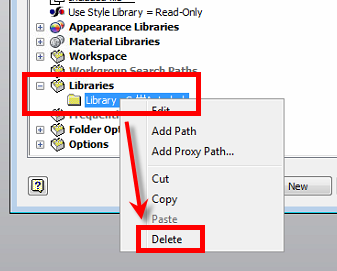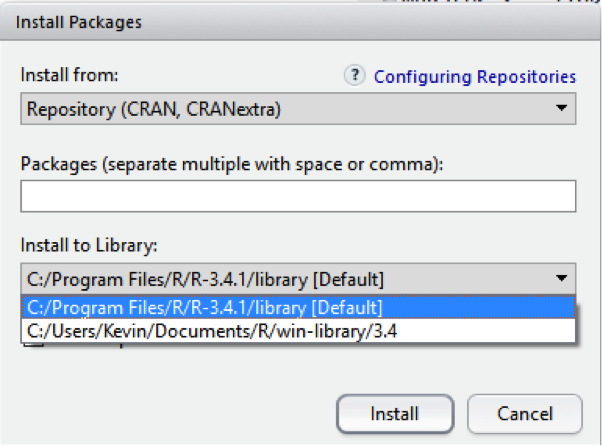In Eclipse environment, library means set of JAR files which is used for implementing a particular framework or version. By default, Eclipse comes with set of libraries used for the Java environments, Web applications, etc. which are known as the system / web libraries. To make things simpler, Eclipse has the facility to create own library with the set of JAR files selected by the developer. This custom user library can be used across all the projects in the Eclipse workspace. This tutorial explains how to create user library in step-by-step guide.
User Library Path

1. Open Java Build Path
Mac: Macintosh HD/Users/ username/Music/Ableton/User Library Instead of the default location, you can set a custom path to your User Library. It can be stored in any local folder or on an external drive. In Live's Preferences Library, click the Browse button and choose your preferred location. Ldconfig can list all the libraries it has access to. These libraries are also stored in its cache. /sbin/ldconfig -v -N will crawl all the usual library paths, list all the available libraries, without reconstructing the cache (which is not possible if you're a non-root user). It does NOT take into account libraries in LDLIBRARYPATH.
Labview User Library Path
Libraries and dependencies has to be configured in the Java build path option. Navigate to Windows -> Preferences -> Java Build Path. Click on the “Add Library” button.


- User classes search path (in short, class path): determined in the following order: Defaulted to the current working directory (. Entries in the CLASSPATH environment variable, which overrides the default.
- Note 1: LDLIBRARYPATH environment variable's value does not affect the results of ld -verbose and gcc -print-search-dirs commands. Note 2: LDLIBRARYPATH 's value affects the result of ldd command. Thus, ldd command is the more reliable way to figure out library path.
2. Open Library Window
User Library Path Vba
Once click on the “Add Library”, a window will open. Then click on the “User Library” option.
3. Open User Library List Window

4. Add User Library Name
5. Add JARs to User Library
User Library Path Diagram
6. Add User Library To Classpath
Once you are ready with the library, it can be added to the classpath of any projects.